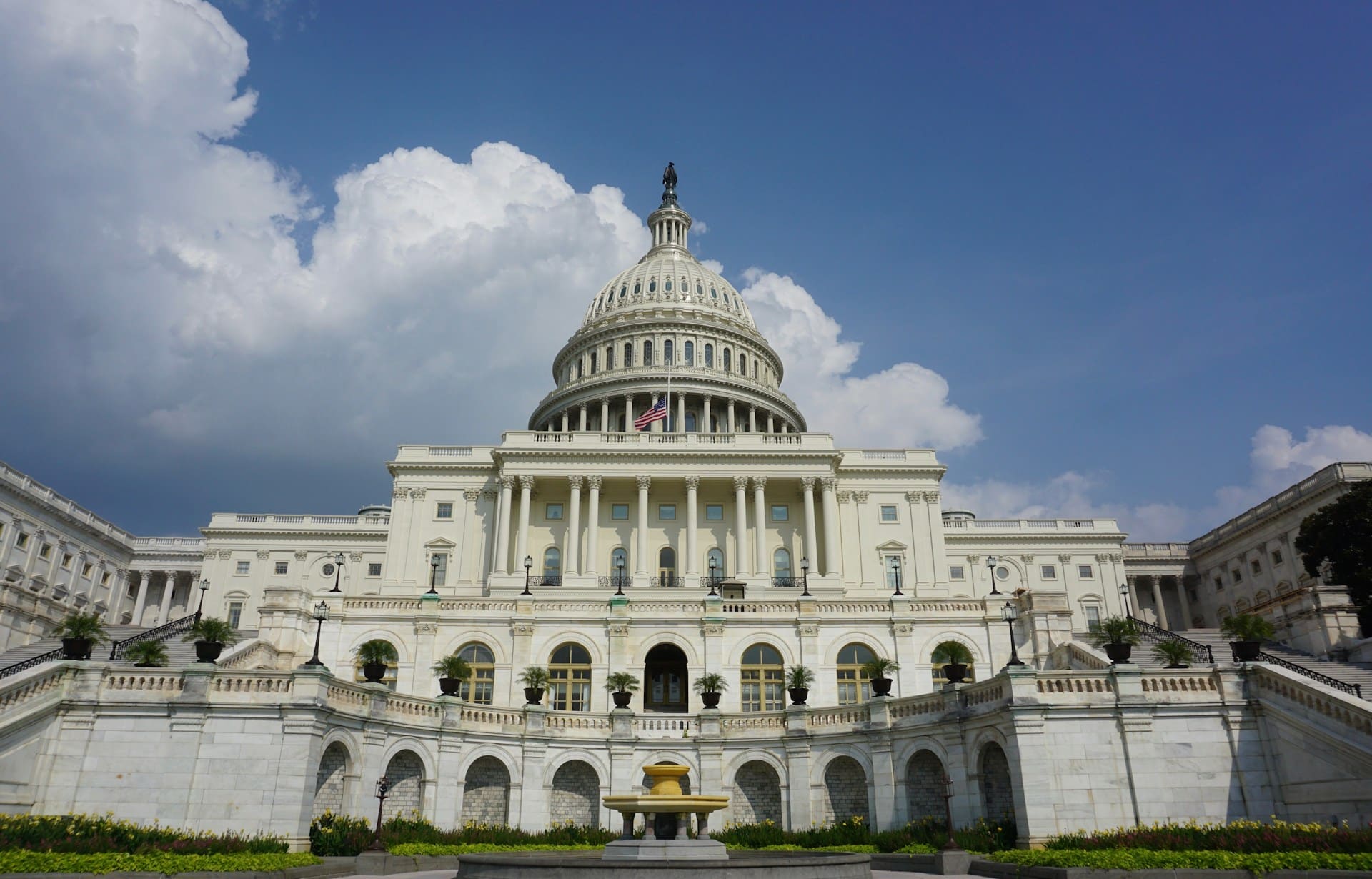On July 27th, The House Agriculture Committee unanimously adopted H.R. 267, the 2020 WHIP+ Reauthorization Act. WHIP+ stands for “Wildfire and Hurricane Indemnity Program Plus,” and is a “temporary” farm income subsidy program that morphed out of Congressionally authorized “emergency” agriculture disaster aid appropriated in 2018 and 2019. While many committee members spoke to a need to support farmers and ranchers impacted by expanding drought, the Pacific NW heat dome, or other disasters, H.R 267 does little to guarantee any future assistance will in fact go to those producers most affected by recent events.
Instead of seeking billions in additional “emergency” spending, the House Agriculture Committee should insist the USDA redirect the billions in currently unspent WHIP+ funds to the few producers without access to farm bill programs.
Originally designed and implemented by former President Trump’s Secretary of Agriculture Sonny Perdue, the “WHIP” program actually consists of a number of USDA managed “temporary” assistance programs drawn from a pool of funds totaling $6.3 billion. WHIP was originally directed at crop, tree, bush, and vine losses from the 2017 hurricane season and wildfires. WHIP+ is directed at crop and livestock producers for natural disasters in 2018 and 2019, On-Farm Storage Loss sends payments for harvested crops damaged by Midwest floods in 2019, and the WHIP Milk Loss Program compensated dairy producers for milk they had to dump because of power outages. USDA also directed funds via numerous block grants to states for including Florida Citrus, Georgia Farm Recovery, Florida Timber, and others. For a detailed analysis of USDA’s implementation of “emergency” natural disaster assistance since 2017, see our fact sheet on WHIP for more information. All of these “temporary” programs are in addition to the crop insurance, commodity, and supplemental disaster programs authorized in the Farm Bill.
H.R. 267 would extend this suite of USDA programs to cover a variety of natural disasters in 2020 and 2021 calendar years and authorize an additional $8.5 billion in spending. Specifically the bill requires continuation of the WHIP+, On Farm Storage Loss, and WHIP Milk programs. It also specifies that the Secretary expand program eligibility to farm business not eligible for and make payments in excess of limits imposed in Farm Bill programs.
There are many reasons why Congress should not put its stamp of approval on yet another pool of “emergency” agricultural disaster aid:
- Unbudgeted disaster payments: Because Congress has authorized ag disaster spending for WHIP and related programs through emergency appropriations – outside the typical farm bill process – the spending is unbudgeted and has directly increased federal deficits. While designated as “emergency spending,” it should not be considered emergency. As numerous members mentioned in the markup, natural disasters are a known and expected cost of business for agriculture. Crop losses due to hurricanes, wind, and storms will inevitably happen somewhere so Congress and agricultural business can plan for them. That is why Congress created subsidized crop insurance and numerous permanently authorized disaster programs aimed primarily at livestock, orchardists, and other non-row crop farmers. Nothing in H.R. 267 guarantees additional assistance will focus only on losses not covered by other government programs or private insurance.
- A robust income safety net already exists: Taxpayers already cover most agricultural losses heavily subsidize the federal crop insurance program. And five supplemental disaster programs. Congress prioritized increasing crop insurance subsidies and expanding disaster programs in the last few farm bills to guard against ad hoc disaster aid, claiming their existence negated the need for emergency supplementals. Yet, here we are again adding more spending on top of an already expensive farm safety net.
- Slush fund spending remaining: There’s still funding remaining in WHIP and the various programs Congress authorized since 2018. We estimate as much as $3 billion, but funding info has been difficult to locate, so adding another permanent disaster program on top of the numerous permanent disaster programs already in the farm bill is unnecessary.
- Duplicative payments: With shallow loss payments, price supports, crop insurance, and disaster aid programs already in the farm bill, additional disaster payments are only adding more salt to taxpayers’ wounds in the form of duplicative payments. Some aspects of WHIP+, such as Prevented Planting Supplemental payments, are explicitly targeted at losses for which producers have already been compensated by another federal assistance program.
- Bailing out bad actors: This would continue the reckless policy of bailing out farmers who chose NOT to purchase crop insurance (by the way, subsidized at an average of 62 percent by taxpayers). This does nothing to help prepare agribusinesses for the next inevitable disaster or future climate risks.
- Nontransparent: WHIP payments have been difficult to track – particularly when, why, and how much money is going out the door, and importantly, how much money is left in the slush fund. Better transparency is urgently needed, but H.R. 267 does nothing to increase transparency.
- Government intervention into private markets: Disaster aid has paid farmers for lost grain stored in grain bins due to Midwest flooding, something that is and should already be covered by private insurance. The federal government intervening into these areas simply distorts markets and subsidizes special interests while doing nothing to improve the resilience of agriculture in the face of future losses.
- Undermining common sense payment limits and means testing: Recent WHIP payments have undermined common sense government payment limits and means testing put in place in the farm bill to ensure that wealthy landowners and nonfarmers are not receiving taxpayer subsidies. Not only are taxpayer dollars wasted, but continuing to send the majority of farm subsidies to the largest producers crowds out small, new, beginning, and socially disadvantaged farmers.
- Undermining a stable and predictable farm safety net: Disaster aid undermines a stable, predictable farm safety net that farm bill programs –crop insurance and supplemental disaster programs- were intended to provide. More authority and decision-making capability has also been placed in the Secretary of Agriculture with broad legislative language enacted by Congress.
For these reasons, ad hoc disaster aid should be rescinded – not extended. Existing excess funds should be redirected to limited, legitimate needs that recently arose, but Congress should shy away from expanding any off-budget political slush funds.










Get Social